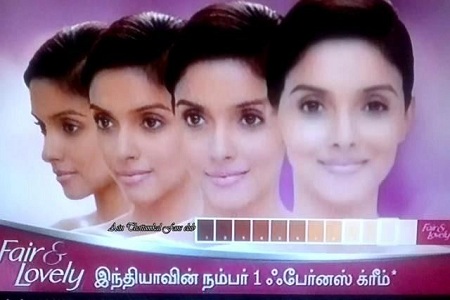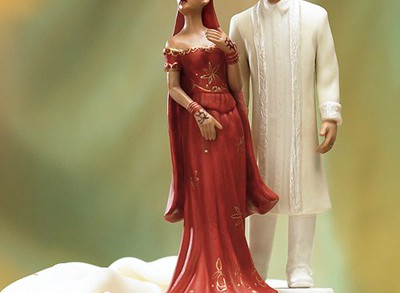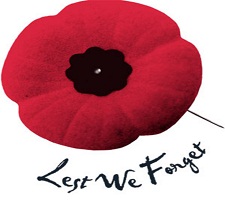Let’s face it—it’s hard to be a woman. Between hair removal, hair colouring, hair extensions and all the other non-hair-related procedures we all spend our hard earned paychecks on, it’s surprising that we have time for anything else. Women of all backgrounds, shapes, sizes, and ages feel immense pressure to look a certain way and live up to a standard of ideal beauty that is pretty much unattainable.
To live up to the North American beauty ideal we would literally have to spend thousands of dollars a month on surgical and beauty procedures, invest entire paychecks on haute couture clothing, eat nothing, and work out all the time!
All kidding aside, the beauty industry is one of North America’s most pervasive and influential industries. With the average North American child being exposed to 20,000+ commercials each year, this multi-billion dollar industry is inescapable. But does it set up unfair and often damaging standards? The average runway model is 5 foot 10 inches tall and weighs no more than 120 pounds. This is a body type that is representative of only approximately 5% of the general population and one that is very much dependent on genetic make-up. Yet, this is the standard that most young women strive for.
For young Tamil women the Western beauty ideal also poses an additional set of challenges which we must navigate and negotiate daily. Where Western beauty idealizes tanned, yet light skin, the effects of colonization have made many Tamil women sensitive and conscious of tanning and of dark skin.
Whereas the Western “culture of thinness” reflected and perpetuated through the fashion and beauty industry mandates dieting and at times forms of starvation, Tamil culture is very much connected to food. Our family gatherings and interactions with loved ones often revolve around delicious, heavy, and decadent meals.
The Western emphasis on an ideal feminine body also promotes a flaunting of skin, body parts, and sensuality which directly contradicts the modesty and reservation so tied into traditional Tamil culture. With all these clashing images, the pressure of the beauty ideal can be particularly difficult to digest and deal with.
Certainly, there are some dire consequences of this unattainable beauty ideal. Eating disorders are at an epidemic high. Though Canadian statistics are not as grave as the United States, studies show that eating disorders and mental health issues related to body image continue to rise amongst adolescent girls and women ages 15-24. According to the National Eating Disorder Information Center approximately 1.5% of young Canadian women ages 15-24 will develop an eating disorder such as Anorexia or Bulimia during the course of their lives.
Though often ignored, young men are also at risk. The cultural pressures to be fit and athletic also takes a toll on young men. Anorexia Athletica – a compulsive obsession with physical exercise is on the rise among young men and women, and it is estimated that over 1 million American men suffer from an eating disorder.
The bottom line is that the pressures of the media, advertisements, and consumer culture are not going anywhere. It is up to parents, family, and friends to discuss these pressures and the terrible consequences of this unattainable ideal with young people. We as consumers can also be conscious of the choices that we make. It’s fine to indulge in consumer culture, but we need to be aware of the messages that we are both taking in and putting out there for younger generations.
Whoever came up with the phrase “beauty hurts” wasn’t kidding, but don’t forget that beauty is also in the eye of the beholder!
— Naomi Prabhakar
— Image courtesy of Pink Villa

 Guest Contributor
Guest Contributor









